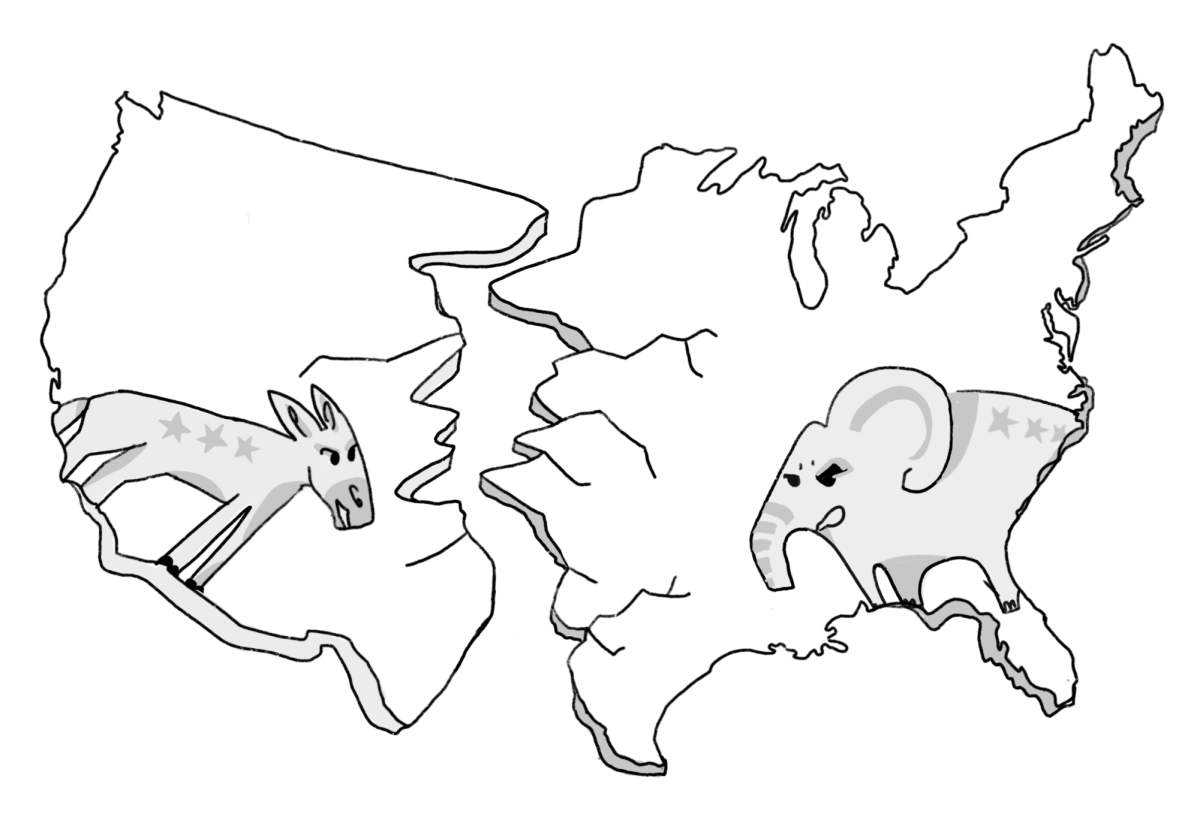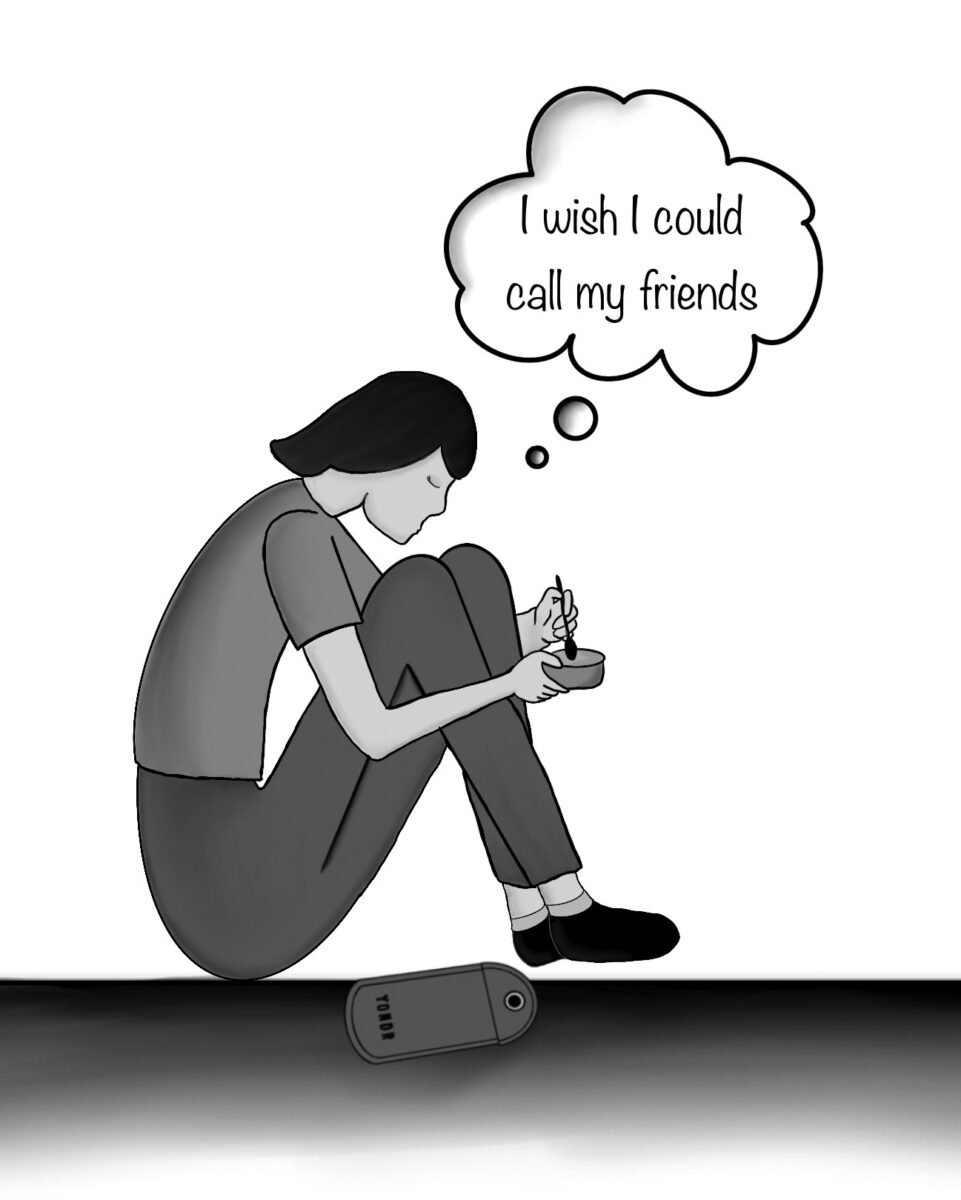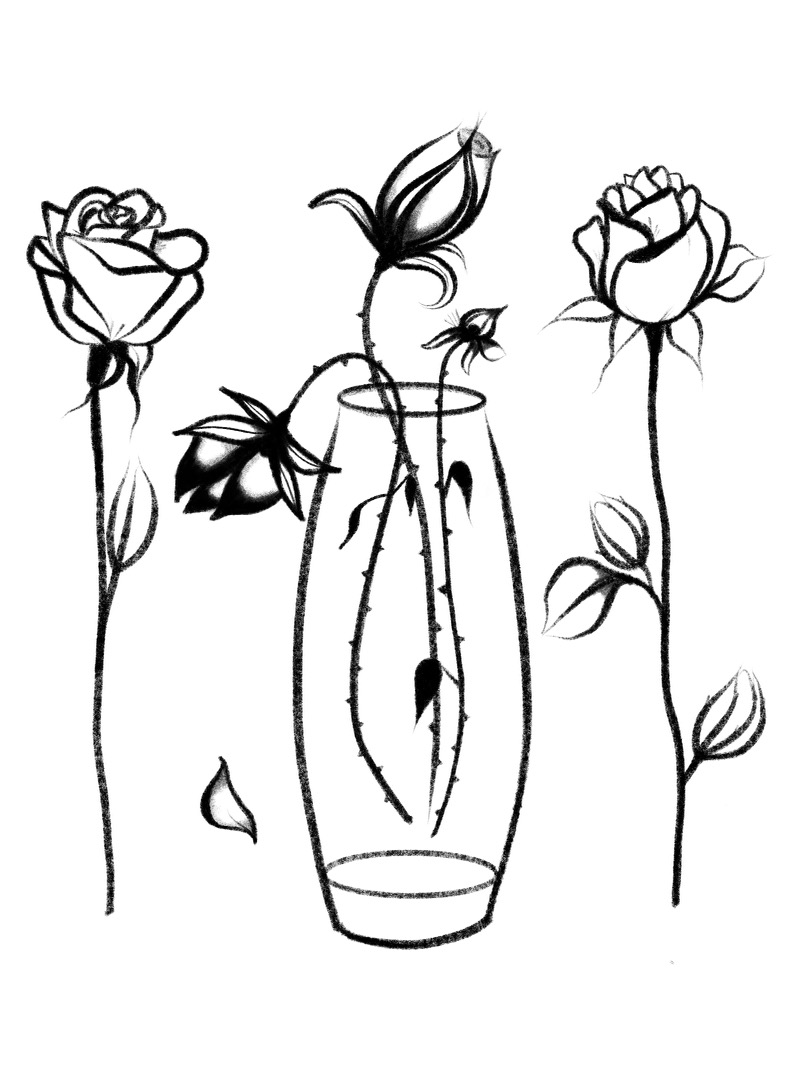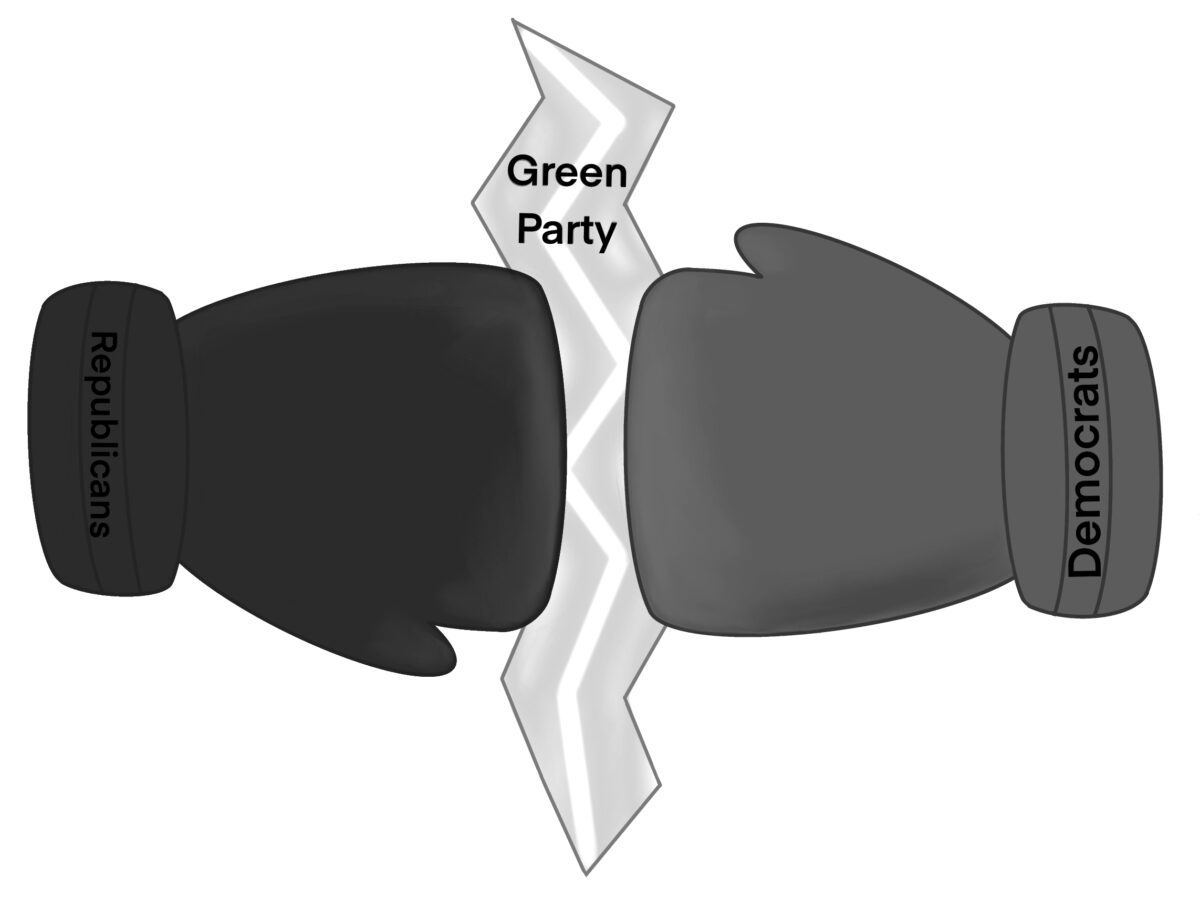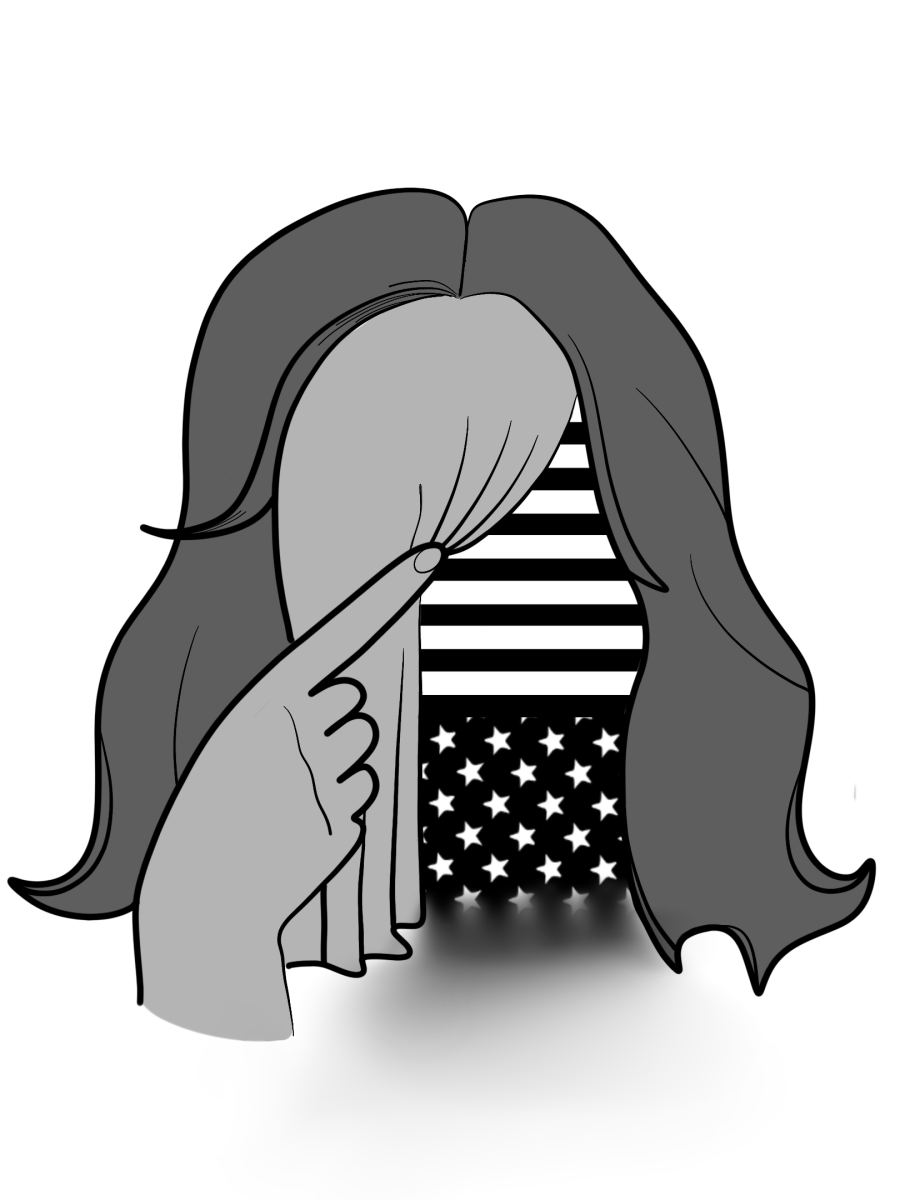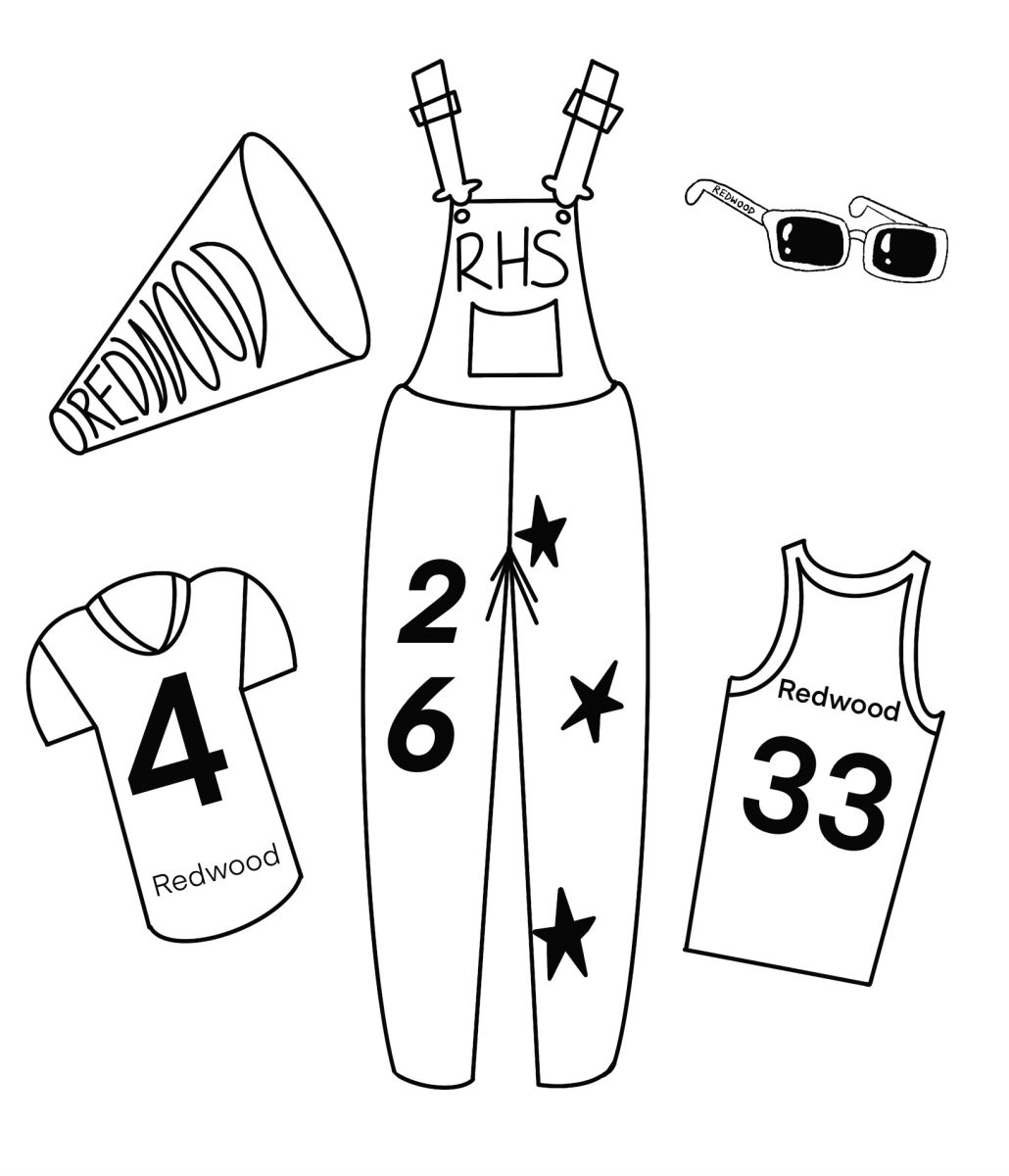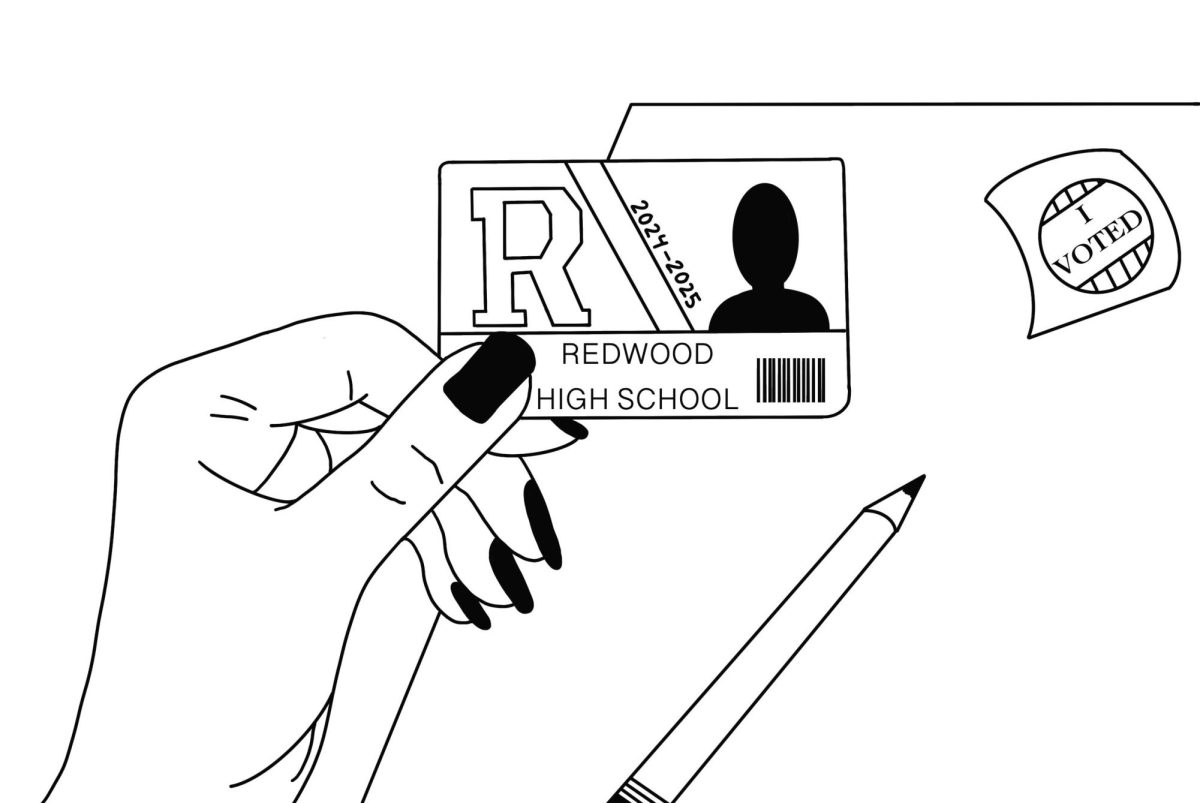After years of watching partisan antipathy overflow throughout Washington D.C. and the media, American politics consistently prompts one question: Why is it so hard for Americans to find consensus? The answer lies in the two-party system.
Marin, like most of California, is primarily liberal and let’s be honest, not exactly open to anything outside of democratic values. Similarly, states, counties, cities and individuals across America often stand proudly for their own values while neglecting others. This inability to compromise and see other perspectives is at the heart of escalating polarization and a subsequent splintered democracy. To achieve respectful political discourse, America must detach itself from the two-party system and allow more parties feasible opportunities for elected office.
According to Pew Research, about 25 percent of all Americans feel unrepresented by their party. While this number could be due to a variety of reasons, it is likely because of the extremist nature of the Republican and Democratic parties which now diverge significantly from original values held merely a decade ago. Rather than each party representing the spectrum of public opinions, the current situation causes both factions to fall into “molds” of what parties should resemble. Not only does this villainize moderate leaning candidates and force them to support opposing values to win, as seen with Nikki Haley, but it also prevents voters from expressing their individual opinions. American politics thus become a catalyst for mudslinging, as America fails to properly represent the public by not offering a middle ground between opposing parties.
This issue is especially prevalent in our own community. In the 2020 presidential election, 82.33 percent of Marin voted for Joe Biden, whereas 15.79 percent voted for Donald Trump. Consequently, only 1.88 percent of all votes cast were left to all remaining candidates combined. While it is expected Marin would vote primarily liberal being a predominantly affluent area, the lack of varied representation creates a social divide and forces voters into an “us vs. them” mindset, where Republicans are seen as a common enemy, or vice versa, instead of potential political allies. Instead of liberal voters dispersed between numerous parties with unique viewpoints, they are all congealed into one domineering mass: the Democratic party. This creates an order in which Democrats outrank Republicans five to one, therefore fueling anti-republican rhetoric and preventing meaningful discourse. According to Pew Research, 30 percent of both parties view the other as ‘a threat to the nation’s well being.’ However shocking this statistic is, it is representative of the animosity created by a structured two-party system.
On the other hand, it is impossible to ignore the United States’ long-standing success on the world stage and patriotic dedication to democracy. Despite the challenges, it works. We are one of the most economically, technologically and militarily advanced nations — in part because we glorify the Founding Fathers, the Constitution and the party system they created. However, when quantifying American exceptionalism, it is not all that it seems.
Globally, countries with more than two parties are performing better across a variety of standards. Canada, Denmark, France, Germany, Ireland and more have more than two dominant political parties and outrank the United States on the Democracy Matrix, which measures the strength of democracies worldwide based on institutional rights and freedoms. The U.S. ranks 36th in the democracy matrix, far below its ranking of 21st place on the Human Development Index (HDI), a measure of quality of life, economic success and democratic freedom. Out of the top 10 countries with the highest HDI scores, six of them host more than two dominant political parties. With changes to America’s two-party dominant system, we could see scores and rankings increase dramatically should we adopt a more diverse political structure.
It might seem like a daunting and unfeasible task amidst a country of great tradition yet animosity, but it is important everyone — especially young voters — open their minds to other parties and candidates, even the unconventional. The creation of more streamlined parties — maybe four or six in total — will allow for constructive political discourse, the healing of wounds caused by polarization and accurate representation. The American landscape deserves a diverse range of political parties that reflect a growingly diverse generation.

